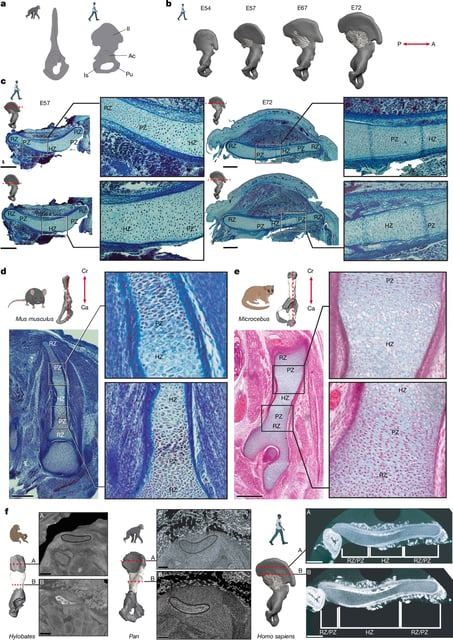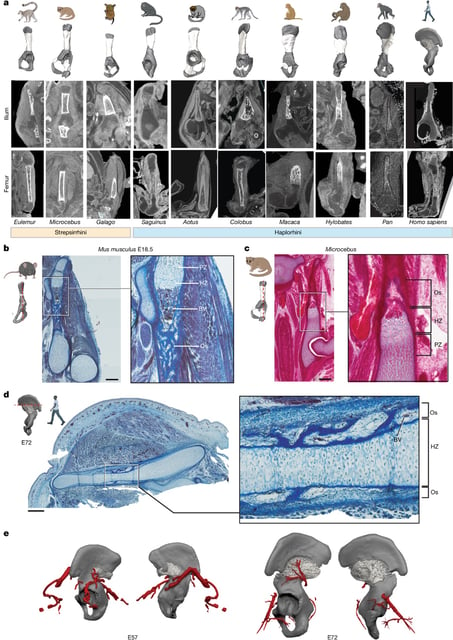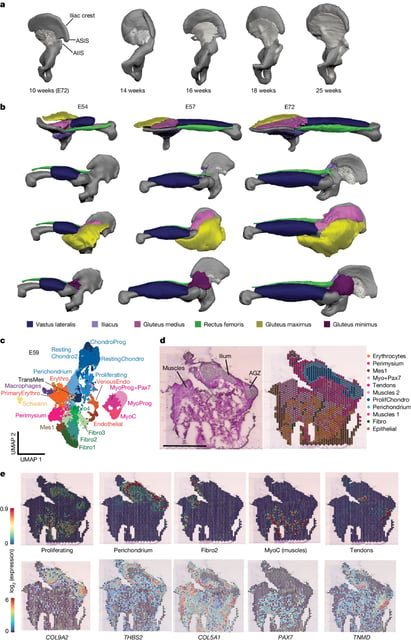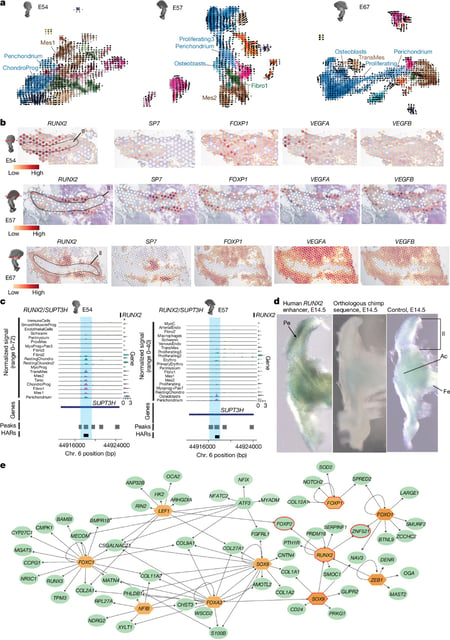Overview
- The Nature study led by Harvard identifies a 90-degree reorientation of the iliac growth plate that transformed the ilium from tall and narrow to short, wide and flared, enabling efficient upright gait.
- The researchers also report a rearward, delayed ossification program that preserved the remodeled pelvis during growth while accommodating the birth of large‑brained infants, with this timing placed around 1.6–2 million years ago.
- More than 300 genes were implicated, with SOX9 and PTH1R tied to the growth‑plate reorientation and RUNX2 linked to the change in ossification timing.
- Findings draw on CT, histology, single‑cell multiomics and spatial transcriptomics across 128 embryonic specimens from humans and nearly two dozen primates sourced from museum collections and a U.S. tissue repository.
- The team infers the growth‑plate shift arose near the human–African ape split about 5–8 million years ago, consistent with pelvic traits seen in Ardipithecus and Australopithecus fossils, and urges updates to models of hominin pelvic development.



